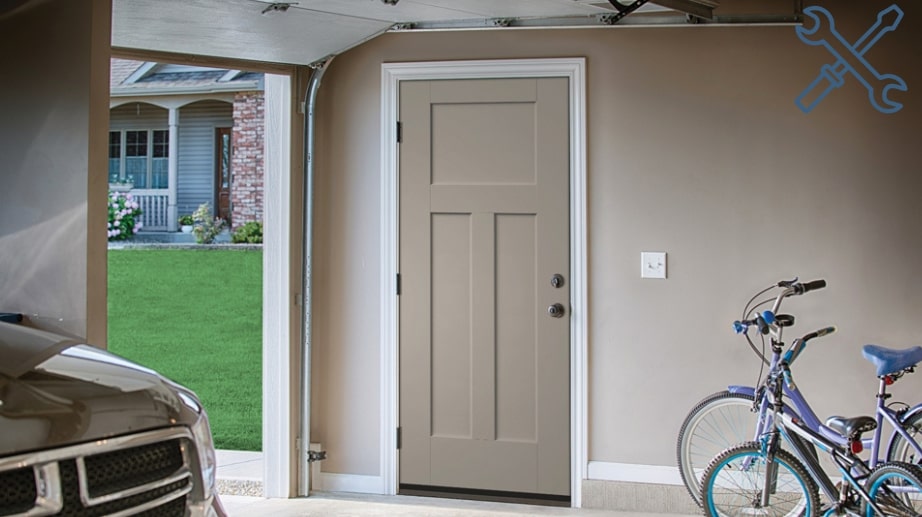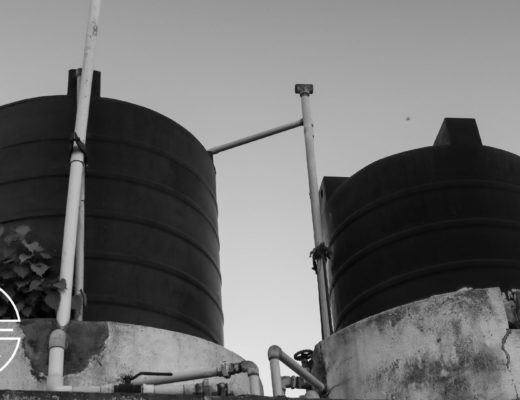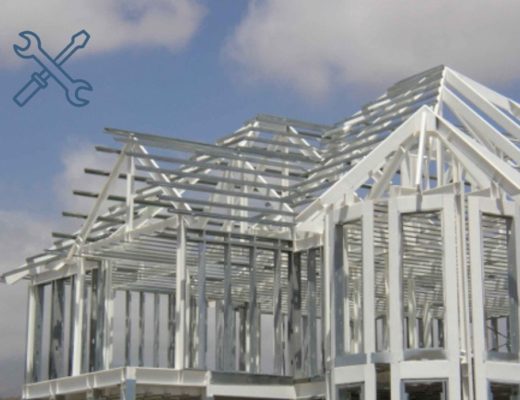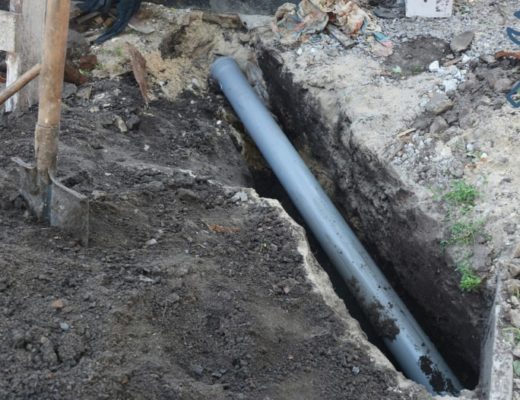This comprehensive guide is your key to understanding everything you need to know about finding the ideal garage-house door!
We’ll walk you through the different types of doors available, the essential factors to consider during the selection process, some expert installation tips, and some crucial recommendations.
Whether you’re upgrading your current door or starting from scratch, this guide will help you make a well-informed decision.
What is the door called between the garage and the house?

The door that separates the garage from the house is commonly referred to as an “interior garage door” or a “fire-rated door.”
This door serves as a crucial barrier, preventing fumes, odors, and potential fire hazards from entering the main living area of your home. Additionally, it acts as an extra layer of security to protect your house from unauthorized access.
Do you need a special door between the garage and the house?
It’s necessary to have a special door between the garage and the house. Building codes often require a fire-rated door in this location to comply with safety regulations.
A fire-rated door is designed to resist the spread of fire and smoke, providing valuable time for occupants to escape in the event of a fire. By having a proper door in place, you enhance the overall safety of your home.
Different Types of Doors for Garage-House Entry
Solid Wood Doors

Pros
- Timeless aesthetics and natural beauty
- Excellent insulation and energy efficiency
- Solid construction for soundproofing benefits
- Customizable to match interior design preferences
- Can become a focal point in your home
Cons
- Requires regular maintenance to prevent warping, rotting, and fading
- Higher maintenance compared to other door materials
- Susceptible to damage from moisture and sunlight if not properly cared for
Solid wood doors are a classic choice that offers durability and timeless aesthetics. Made from various types of wood, such as oak, mahogany, or cherry, these doors exude natural beauty and elegance.
Solid wood doors provide excellent insulation, helping to maintain a comfortable temperature in your home and reducing energy costs. They have a solid construction that offers soundproofing benefits, keeping noise from the garage at bay.
One of the advantages of solid wood doors is their customization options. They can be tailored to match your interior design preferences with different finishes, stains, and styles.
From traditional panel designs to more intricate carved patterns, solid wood doors can become a focal point in your home. However, it’s important to note that solid wood doors may require more maintenance compared to other door materials.
Wood is susceptible to warping, rotting, and fading if not properly cared for. Regular painting, staining, and sealing are necessary to protect the door from moisture and sunlight.
Steel Doors

Pros
- Strength, security, and durability
- Exceptional resistance against forced entry
- Insulation properties for temperature regulation and energy savings
- Low maintenance requirements
- Highly resistant to dents and scratches
- Various styles and finishes to suit different preferences
Cons
- May be perceived as less visually appealing
- Limited design customization options
Steel doors are renowned for their strength, security, and durability. They offer exceptional resistance against forced entry, making them an excellent choice for homeowners seeking enhanced protection.
Steel doors are constructed with a steel frame and a core made of either polystyrene or polyurethane foam, providing insulation properties that help regulate temperature and save on energy costs.
One of the key advantages of steel doors is their low maintenance requirements. Unlike wood, they don’t warp, crack, or rot.
They’re also highly resistant to dents and scratches, maintaining their sleek appearance over time. Steel doors come in various styles and finishes, allowing you to find a design that suits your preferences.
From modern and minimalist to traditional and ornate, there are options to complement any architectural style. However, some homeowners may find them less visually appealing.
Fiberglass Doors

Pros
- Exceptional durability and resistance to dents, scratches, and warping
- Can mimic the look of wood grain without maintenance drawbacks
- Superior insulation properties for excellent thermal efficiency and energy savings
- Resistant to moisture
- Minimal maintenance requirements
- Wide range of styles, finishes, and colors
Cons
- Generally higher cost
- Limited availability of intricate or ornate designs
Fiberglass doors have gained popularity in recent years due to their exceptional durability and versatility. They’re constructed with fiberglass skin over a foam or wood core, providing excellent resistance to dents, scratches, and warping.
Fiberglass doors can mimic the look of wood grain, offering the warmth and beauty of wood without maintenance drawbacks.
One of the key benefits of fiberglass doors is their superior insulation properties. They have a high R-value, meaning they provide excellent thermal efficiency and help maintain a comfortable indoor temperature.
This translates into energy savings and a reduced carbon footprint. Fiberglass doors are also resistant to moisture, making them ideal for humid environments or areas prone to extreme weather conditions.
They require minimal maintenance, usually only needing occasional cleaning to keep them looking their best. Fiberglass doors are available in a wide range of styles, finishes, and colors, allowing you to find the perfect match for your home’s aesthetics.
Glass Doors

Pros
- Modern and visually appealing
- Seamless transition between spaces and increased natural light
- Customizable with various glass patterns, tints, and textures
- Enhances visual connection between garage and house and provides visibility
- Can be further customized with decorative elements for added elegance
Cons
- For privacy, may require textured or tinted glass
- Security considerations due to increased visibility
- Requires more frequent cleaning to maintain appearance and transparency
Glass doors, often featuring tempered or laminated glass, provide a modern and visually appealing option for the garage-house entry.
They offer a seamless transition between spaces and allow natural light to flow through, creating a brighter and more inviting atmosphere in both the garage and the house.
Glass doors can be customized with various glass patterns, tints, and textures, allowing you to strike the perfect balance between privacy and aesthetics.
One of the main advantages of glass doors is their ability to enhance the visual connection between the garage and the house. They provide visibility, allowing you to see what’s happening in the garage without having to open the door.
This can be particularly useful when you want to check on your vehicle, monitor children playing, or simply enjoy the view. Glass doors can be further customized with decorative elements, such as etched designs, to add a touch of elegance and uniqueness.
However, it’s important to consider privacy and security when opting for glass doors. Depending on your preferences, you may choose a door with textured or tinted glass to limit visibility from the outside.
Additionally, glass doors may require more frequent cleaning to maintain their appearance and transparency.
Door with Windows

Pros
- Provides visibility without compromising security
- Allows you to keep an eye on specific areas without opening the door
- Customizable design with various window shapes and sizes
- Creates a brighter and more open feel with natural light penetration
Cons
- For privacy, may require frosted or obscured glass
- Energy efficiency may be slightly compromised compared to solid doors
- Mitigating heat loss or gain may require advanced window technology such as double or triple glazing
A door with windows combines the benefits of both visibility and aesthetics. By incorporating windows into the door design, you can enjoy the convenience of seeing into the garage without compromising security.
These windows can be strategically placed to provide views to specific areas, such as the workbench or storage shelves, allowing you to keep an eye on things without opening the door.
Door windows come in various shapes, sizes, and configurations, allowing you to customize the design according to your preferences.
From rectangular to arched, there are options to suit different architectural styles and personal tastes. The presence of windows also helps to create a brighter and more open feel, as natural light can penetrate the space.
It’s important to note that, similar to glass doors, privacy may be a consideration with door windows. Depending on your needs, you can choose windows with frosted or obscured glass to limit visibility from the outside.
Additionally, the energy efficiency of the door may be slightly compromised due to the presence of windows. However, advancements in window technology, such as double or triple glazing, can help mitigate heat loss or gain.
Factors to Consider When Choosing a Door
Security Features

Ensure that your chosen door offers reliable security features, such as sturdy locks, reinforced frames, and tamper-resistant hardware. A secure door provides peace of mind and acts as a deterrent against potential intruders.
Insulation and Energy Efficiency

Consider the insulation properties of the door to help maintain a comfortable indoor temperature while minimizing energy consumption. Look for doors with proper weatherstripping and energy-efficient cores, such as polyurethane.
Maintenance Requirements

Evaluate the maintenance demands of different door materials. Determine whether you are willing to invest time and effort in regular upkeep or prefer a low-maintenance door that requires minimal attention.
For example, solid wood doors may require periodic staining or painting, while steel and fiberglass doors generally require less maintenance.
Style and Aesthetics

Choose a door that complements the overall architectural style of your home. Whether you prefer a traditional, contemporary, or rustic look, there are numerous design options available to suit your personal taste.
Consider the color, finish, and decorative elements that will enhance the curb appeal of your home.
Budget

Set a budget for your garage-house door project and explore options within that price range. Remember to balance cost with quality and prioritize features that align with your needs and long-term goals.
Keep in mind that investing in a higher-quality door can offer greater durability and longevity, potentially saving you money in the long run.
Garage-House Door Safety Tips

- Install smoke and carbon monoxide detectors in both the garage and house areas. Regularly test and maintain these detectors to ensure they are functioning correctly.
- Regularly inspect the door, hinges, and hardware for any signs of wear or damage. Replace worn-out components promptly to maintain the door’s integrity and functionality.
- Avoid propping the door open for extended periods, as it compromises the fire-rated integrity. Make sure the door is closed and secured when not in use.
- Educate your family members about the importance of keeping the door closed and secured at all times. Emphasize the role of the door in fire safety and security.
- Have a fire extinguisher readily accessible in the garage area. Ensure that all family members know how to operate it correctly.
- Keep the garage free from clutter and flammable materials. Properly store and dispose of chemicals, fuels, and other hazardous substances according to safety guidelines.




